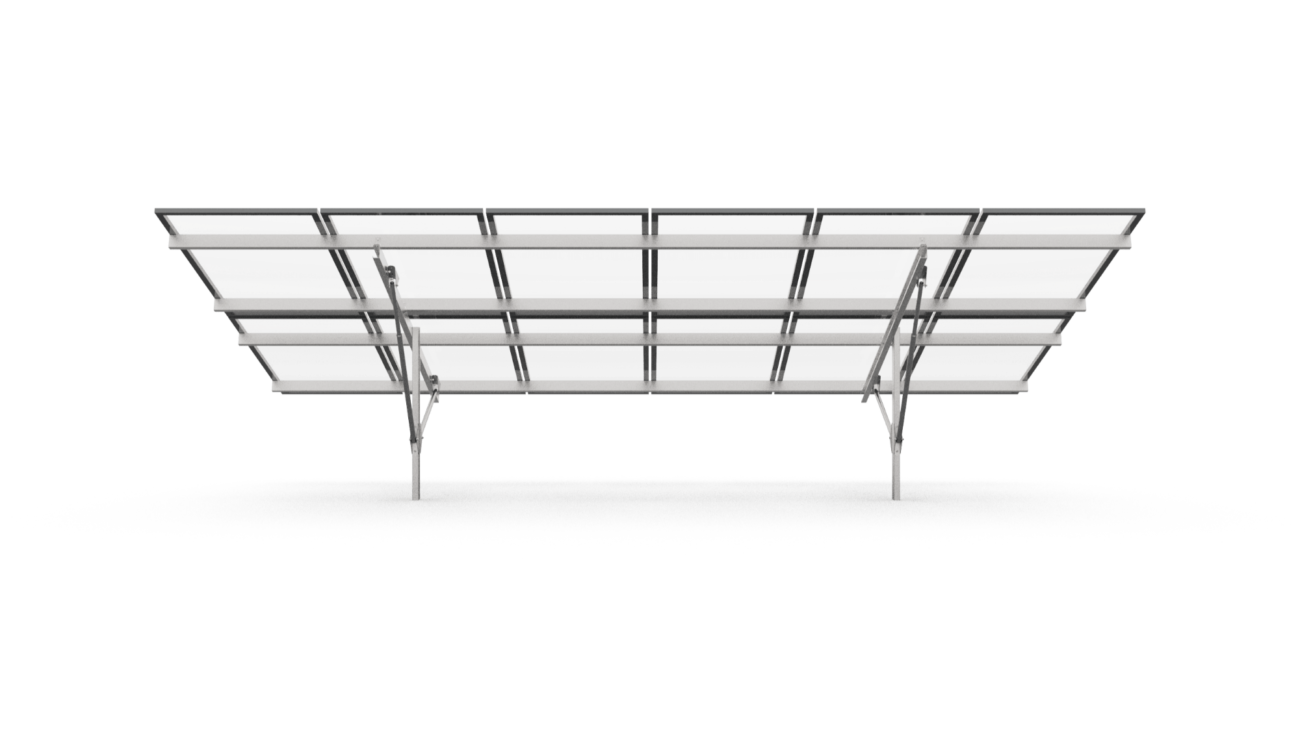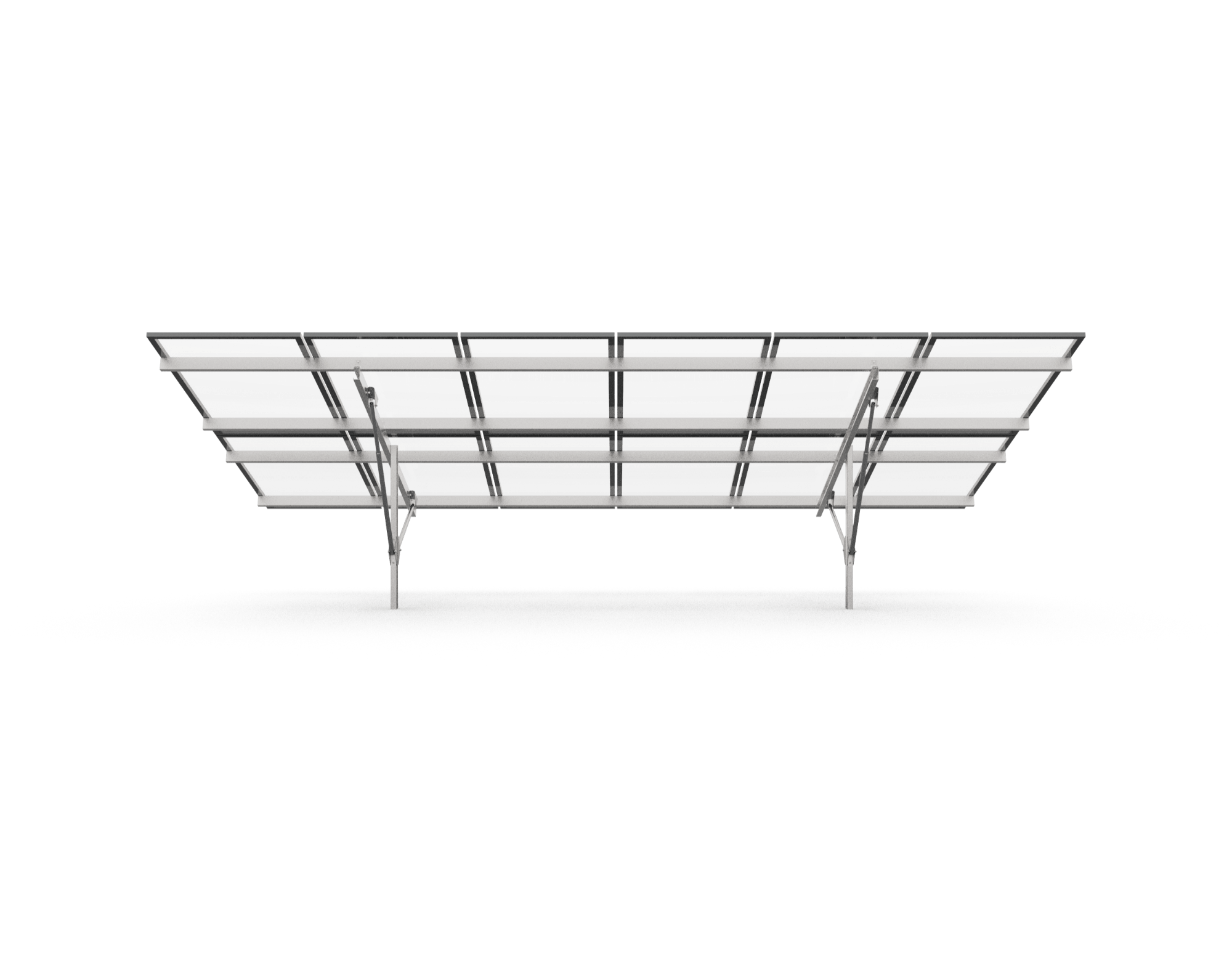
I. Introduction
Seasonal tilt solar mounting systems refer to adjustable structures that allow for changing the orientation of solar panels to optimize energy production as seasons change throughout the year.
Key features of these systems include:
- Manual adjustable joints and mechanisms to easily alter the tilt angle of the solar panels. This allows for:
- Increased power generation during peak sunlight seasons. Seasonally adjusted panels can capture 5-10% more energy than fixed tilt systems.
- The ability to position panels to maximize sunlight exposure depending on location and time of year.
- Durable materials including galvanized steel, aluminium alloys, and stainless steel to withstand weather conditions over 25+ year lifespans.
- Corrosion resistant treatments like anodizing and galvanization to protect system integrity.
- Simple structures with less accessories and components, enabling:
- Low installation costs
- Reduced maintenance and operations expenses
| Type | Ground Mount |
| Colour | Natural or Customized |
| Treatment | Anodized, Galvanized |
| Structural Materials | Aluminum Alloy, Galvanized Steel, Stainless Steel |
By changing orientation 2-3 times per year, seasonal tilt mounting maximizes solar collection during peak seasons. Manual adjustability makes modification straightforward based on location and time of year. Durable, corrosion-resistant materials also minimize maintenance costs over decades of service.
II. Durable and Corrosion Resistant Materials
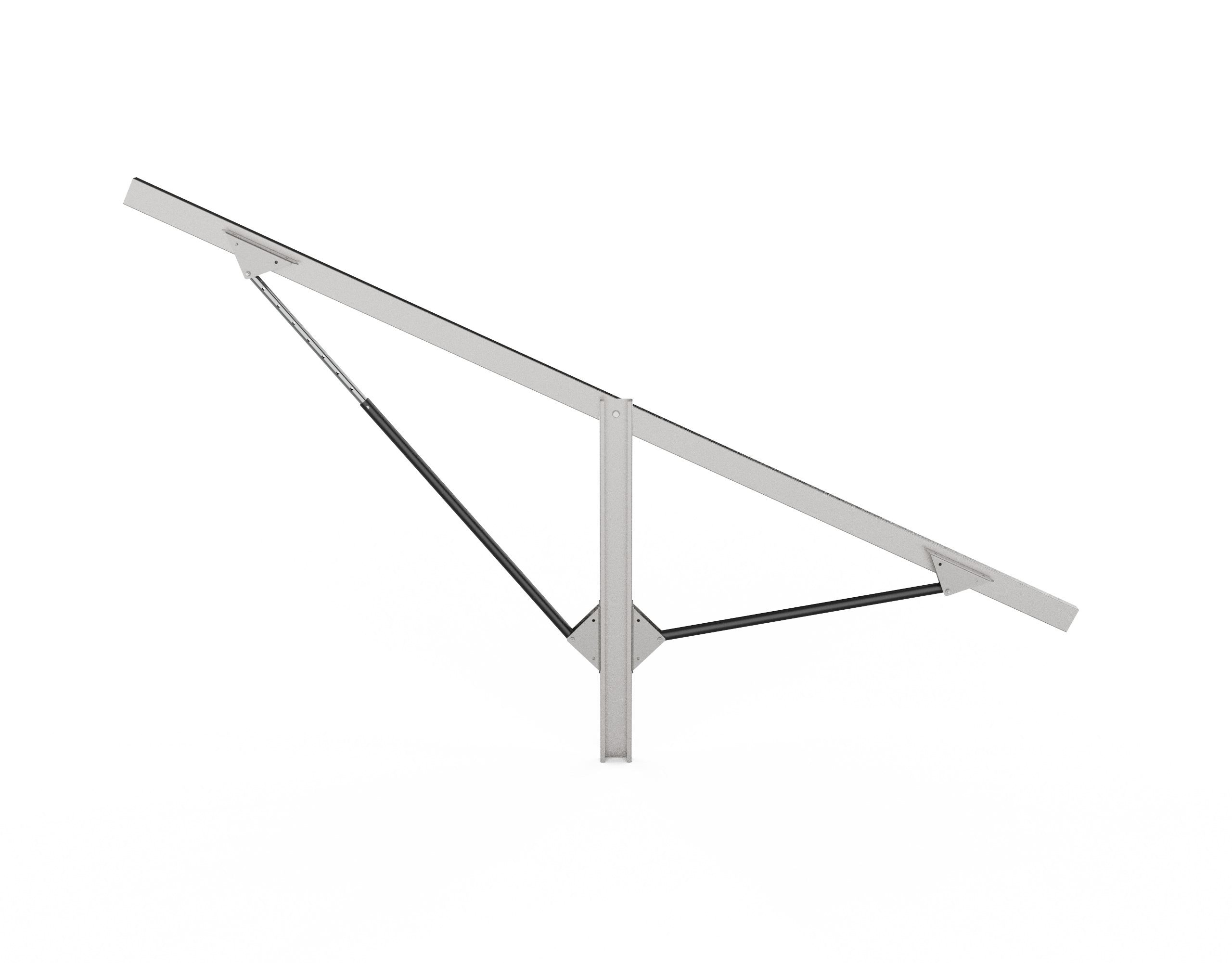
Seasonal tilt solar mounting systems are designed for durability to withstand decades of outdoor exposure to various weather conditions. Key material considerations include:
Corrosion Resistance
Corrosion can compromise structural integrity over years of service. Therefore, systems utilize:
- Galvanized steel: Galvanization applies a protective zinc coating to steel. This guards against rust for 25+ year lifespans.
- Anodized aluminium: Anodization electrically treats aluminium alloy to reinforce corrosion resistance.
- Stainless steel: Stainless steel alloys like 304 and 316 feature chromium to prevent surface oxidation from weather exposure or rust.
Simple Structure
Simpler designs result in:
- Fewer components needed for installation.
- Lower potential points of failure or wear compared to more complex structures.
- This maintains system reliability over decades of operation.
- Low Installation Costs
- Minimized parts along with straightforward manual assembly directly reduce initial installation costs.
- Easy Maintenance
- Basic robust builds allow easy visual inspection.
- Manual seasonal adjustments do not require expensive specialized equipment or expertise.
Combined with inherent durability, lifespan maintenance costs stay low.
By focusing on fundamentals of durable, maintenance-free structural design, seasonal tilt mounting systems deliver reliable service for 20-30 years. This allows for outstanding return on investment over the system lifetime.
III. Location and Hemisphere Factors
To optimize the energy generation, seasonal tilt solar mounting systems must adjust panel angles based on location and time of year. The key factors related to geography are:
Hemisphere
The hemisphere where the system is installed determines peak sunlight seasons:
- Northern hemisphere – Peak production in summer
- Southern hemisphere – Peak production in winter
This impacts ideal tilt strategies.
Country/Region
More specifically, the country and region indicate:
- Latitude – Affects sun angle path
- Climate patterns – Rainy or dry seasons affect solar availability
Sunlight Exposure
Tilt adjustments maximize sunlight exposure during peak seasons:
- Winter – Tilt to maximize lower winter sun angles
- Summer – Account for higher summer sun paths
Angles that capture the most sun during peak seasons will generate the greatest additional energy.
Ideal Tilt Angles
Formulas can dial in optimal orientation based on location:
- Summer – (Latitude * 0.93) – 21°
- Winter – (Latitude * 0.875) + 19.2°
Sensitivity Analysis around these starting points can further maximize yearly yield if seasonal cloud cover data is available.
Properly accounting for site geography informs data-driven tilt strategies that maximize solar utilization potential for seasonal mounting systems. This allows substantial gains in solar energy production on an annual basis.
Seasonal Tilt Adjustments
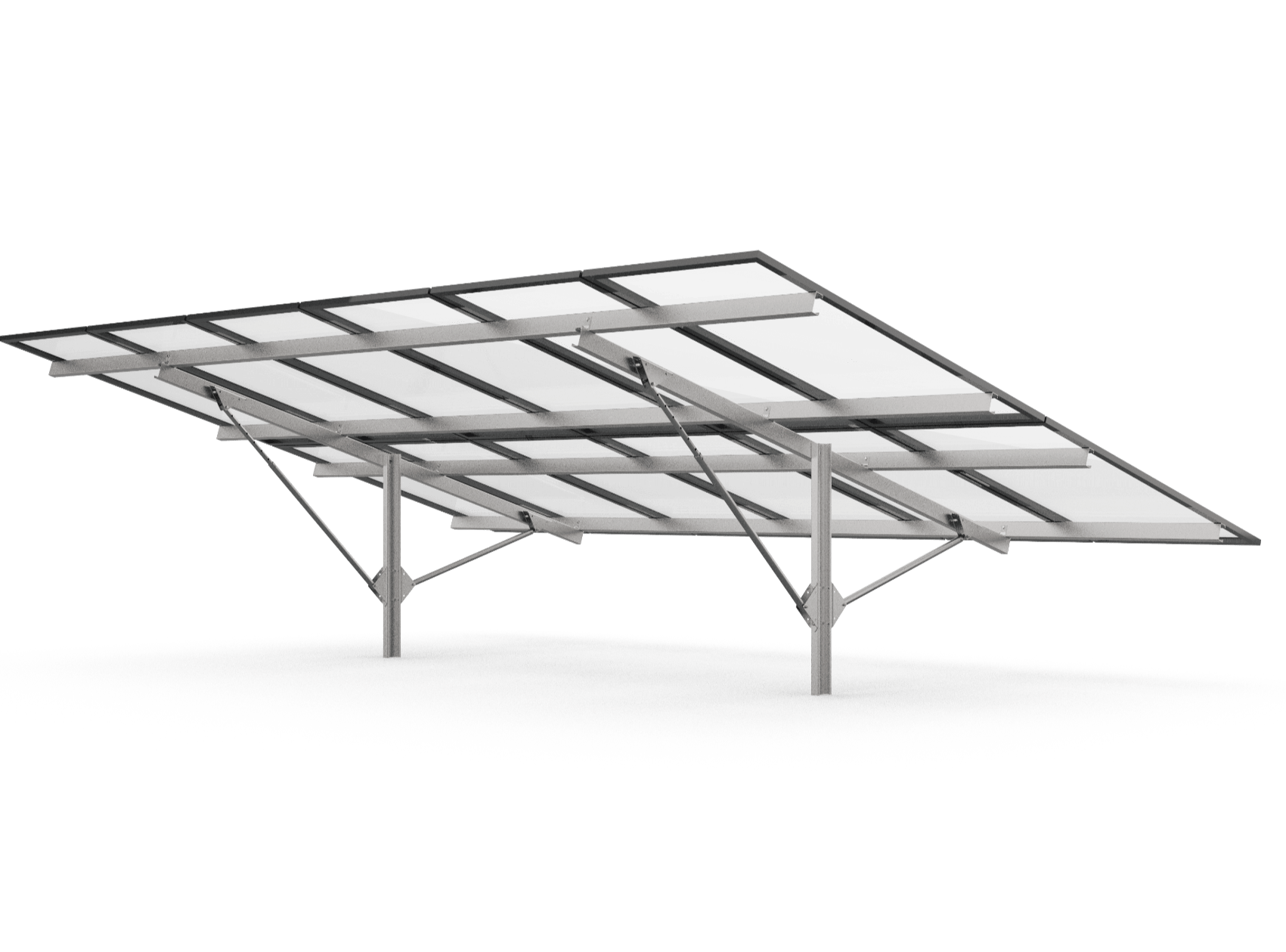
To maximize power generation, seasonal tilt solar mounting systems must alter their orientation multiple times per year to match the sun’s shifting path across seasons. There are two main approaches:
Half-Yearly Adjustments
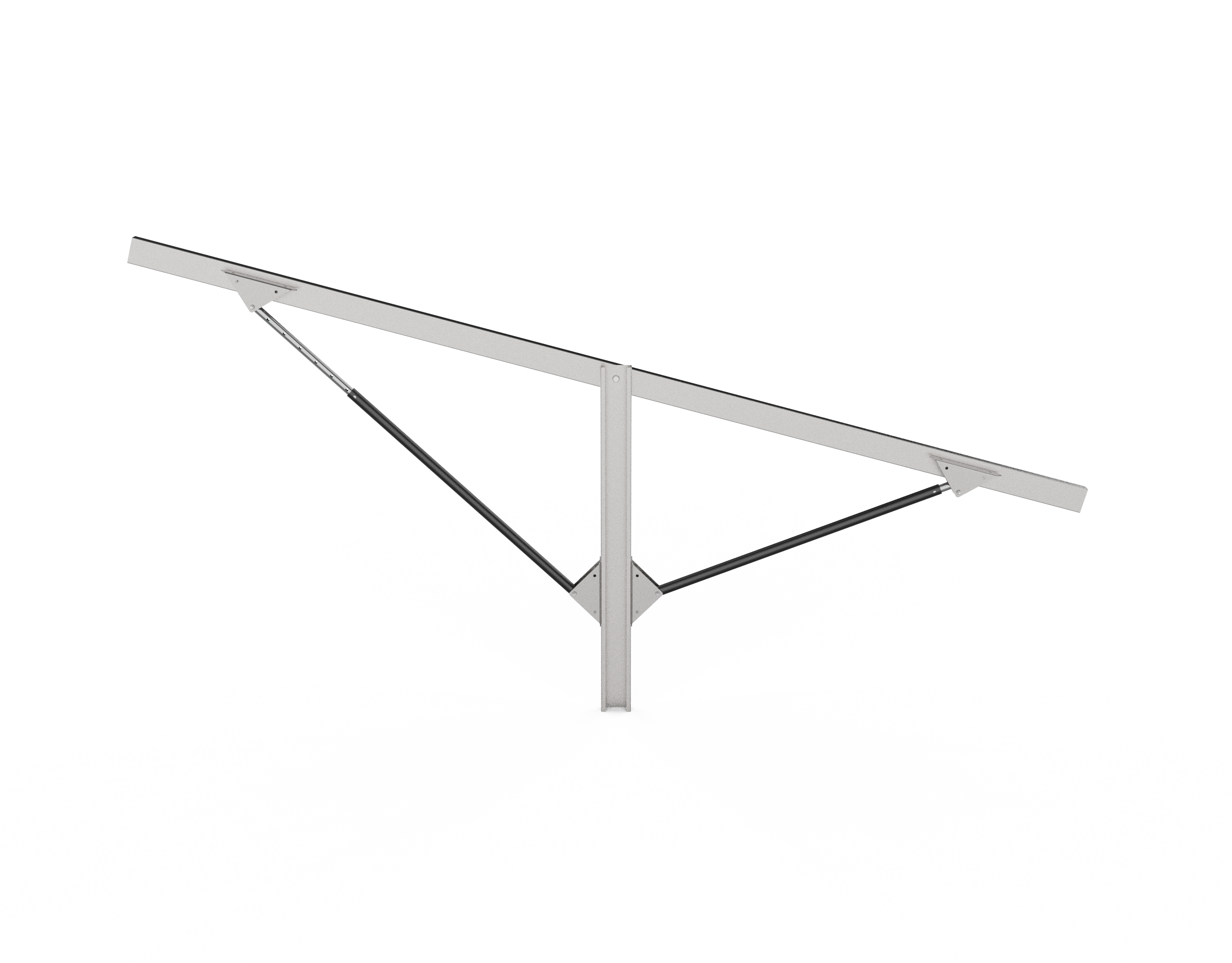
Tilt angle can be changed twice a year based on spring/fall equinox dates:
- Northern Hemisphere:
- Summer tilt – March 20th
- Winter tilt – September 22nd
- Southern Hemisphere
- Summer tilt – September 20th
- Winter tilt – March 21st
This better aligns with seasons versus calendar dates.
Quarterly Adjustments
For more precision, adjust tilt 4 times per year aligned to solstices and equinoxes:
| Season | Northern Hemisphere | Southern Hemisphere |
| Summer | June 20th | December 21st |
| Autumn | September 22nd | March 20th |
| Winter | December 21st | June 20th |
| Spring | March 20th | September 23rd |
Benefits
- Increased energy collection during “shoulder” seasons
- Reduced machine downtime for adjustments
- Gradual angle changes better track sun’s daily course
Considerations
- Additional manual labour required
- Possible downtime during adjustments
Data Analysis
Historical on-site solar data can reveal optimal dates and degree days for adjustments. Sensitivity analysis identifies energy gains from extra tilts.
Automated Systems
For large installations, automated actuators can systematically alter tilt. But this adds complexity and capital costs.
Fine-tuning mount orientation to follow the sun’s seasonal movement provides outsized electricity generation gains for minimal incremental effort using seasonal tilt solar mounting systems.

